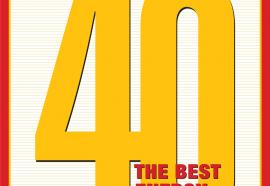Wholesale Competition: The Big-Bang Effect
Consider the opening of the PJM market, and its effect on prices.
Wholesale competition is working, and the best evidence to date is the savings produced from the opening of the PJM market to competitive power generation from the Midwest. A real-time case study unfolded before our eyes in May and October 2004.






